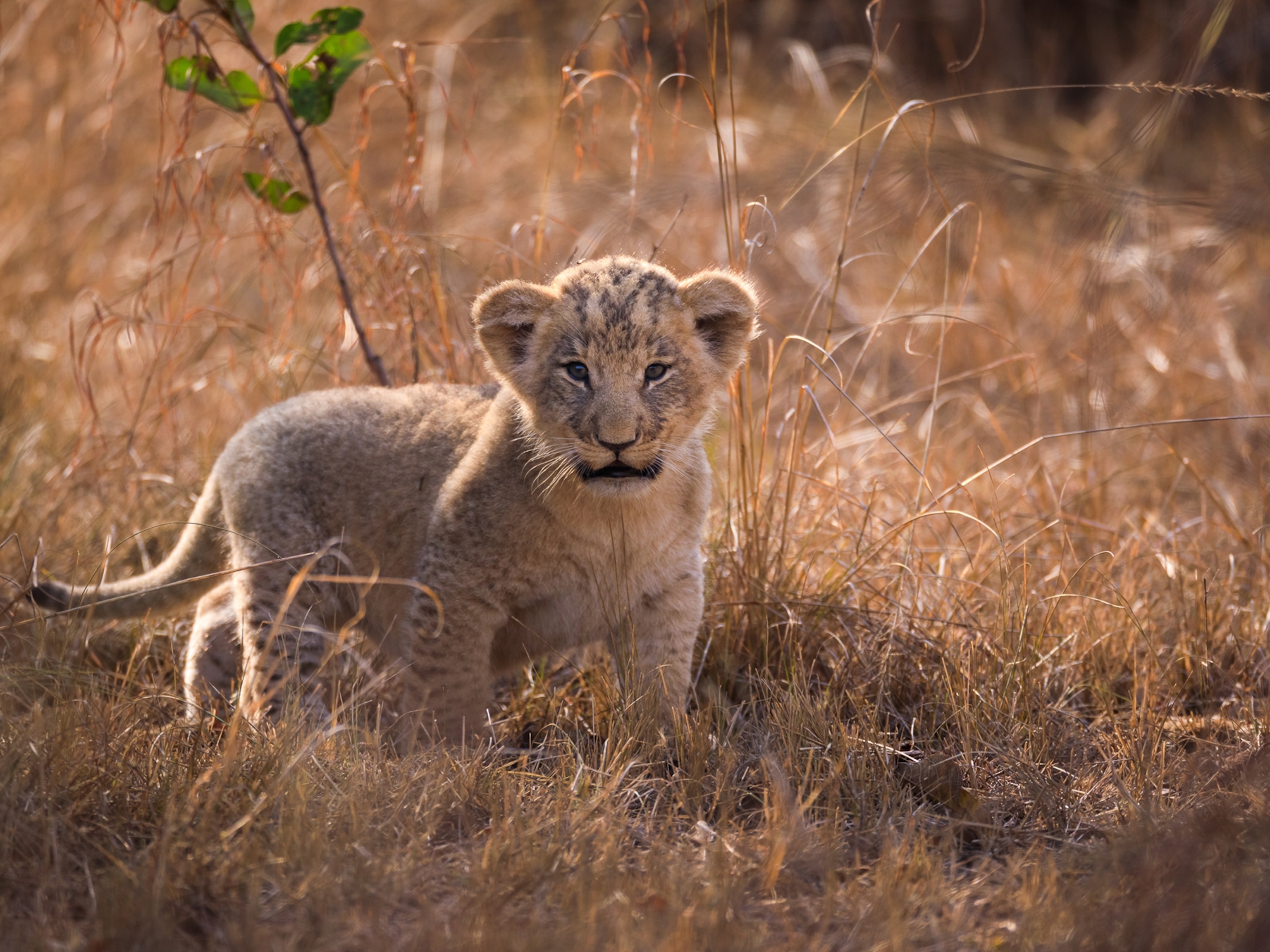Frozen Remains of Extinct Lion Found in Russia
The Ice Age lion can still be seen resting its head on its paw.
The frozen remains of a cave lion cub likely dating back to the last Ice Age were recently unveiled in Russia.
Local outlets reported that the remains of the roughly one-year-old cub were found in Russia's far northeastern Yukatia region this past September by a local resident. It's not the first time the frozen Siberian region has yielded prehistoric finds.
The area's permafrost, or permanently frozen ground, is capable of preserving animals like cave lions and woolly mammoths, even tens of thousands of years after their species went extinct.
The new cub comes just two years after two similarly frozen and intact lion cubs, named Uyan and Dina, were found. Dated to around 12,000 years old, Uyan and Dina were the first prehistoric cave lions found in such a well-preserved state.
According to Interfax, Russia's main independent newswire, the new cub—who has yet to be named—has been given to the country's Republic Academy of Sciences. Albert Protopopov, the same paleontologist who studied Uyan and Dina, will examine the new cub.
Unlike the 2015 cubs, who died at around two to three weeks of age (before their teeth came in), the new cub appears to have died when it was roughly a year old. Because it was old enough to grow teeth, scientists may be able to get a fairly accurate estimate of the cub's remains.
Cave lions went extinct roughly 10,000 years ago. What little scientists know about them has been gathered from bones and tracks. The cat, a subspecies of today's lion, is sometimes called a steppe lion because it prowled the grassy European steppe.
In video of the cub's unveiling, the lion's remains are in visibly good condition. Roughly the size of a person's forearm, the cub is compact and grayed, but its individual paws are still discernable. Tufts of fur still protrude from the animal's body. Perhaps most striking is the cub's face, which can still be seen resting on one of its paws.
More analysis will be performed to see if the cub is male or female.
After Uyan and Dina underwent testing, Protopopov told National Geographic that they most likely died when their den collapsed over them, trapping them under soil. It's unclear how this newly discovered cat perished, but Protopopov told local outlets that its remains appear to be in even better condition.
(National Geographic has reached out to Protopopov for comment. He did not respond at the time of this article's publication.)
The new cub's good condition has refueled hopes that the remains could be used for cloning. In 2016, Korean and Russian scientists told Interfax they would attempt to clone a cave lion cub. What becomes of this new cub remains to be seen, but bringing extinct animals back to life, or de-extinction, has been a pursuit rife with debate among scientific communities.
Scientists meeting at National Geographic in 2013 agreed that reconstructing a genome, the process needed to recreate a species, was scientifically in reach but requires a specimen that's been kept from decay. (Read more about the debate to bring extinct animals back from the dead.)





